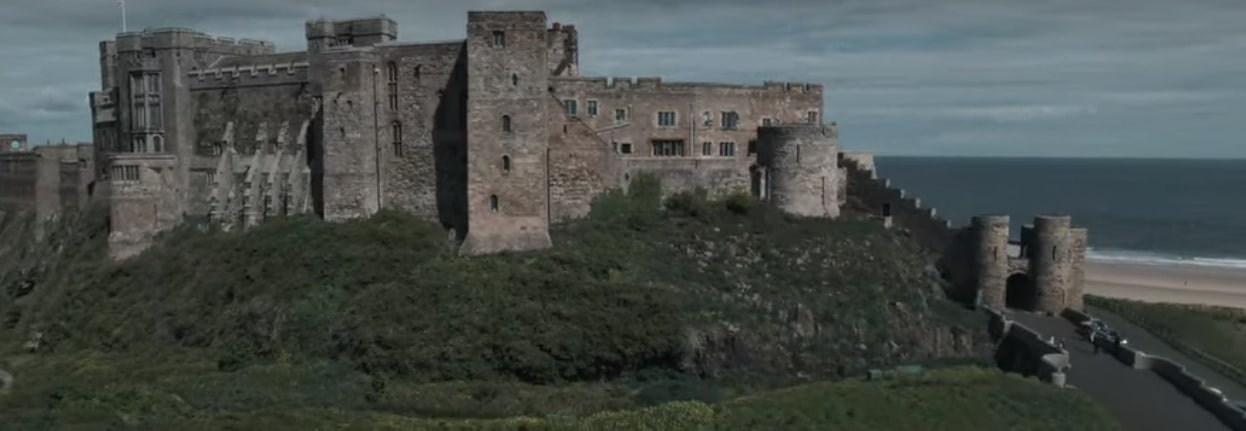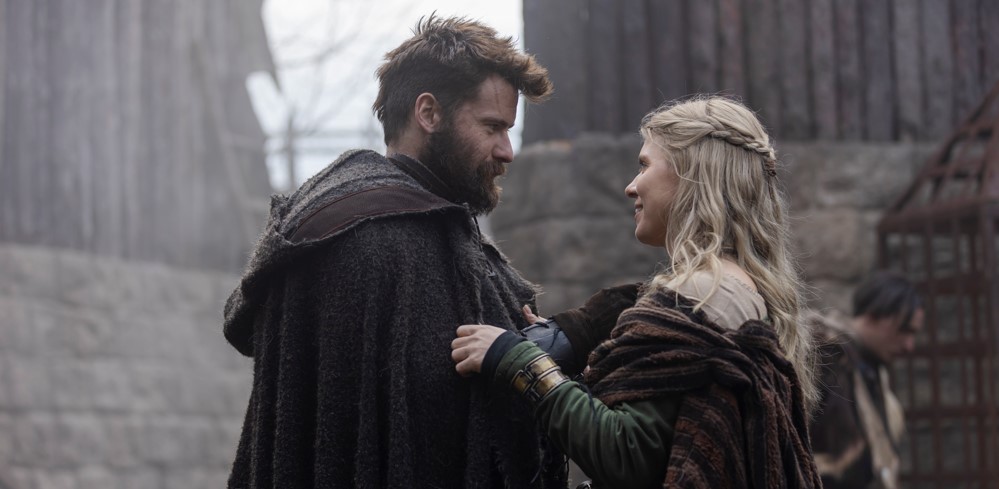Based on ‘The Saxon Stories,’ a series of historical fiction novels by Bernard Cornwell, ‘The Last Kingdom’ tells the story of Uhtred of Bebbanburg (Alexander Dreymon), a Saxon noble who is raised as a Dane and becomes an adherent of the Old Norse religion. As the conflict between the Saxons and the Danes becomes a defining aspect of his age, Uhtred emerges as the man who bridges the divide.
Uhtred’s original name was Osbert, the son of Uhtred, Ealdorman of Bebbanburg. After the demise of his older brother Uhtred, Osbert was given the name, as it is bestowed only upon the eldest sons. Following his father’s death in a battle with the Danes, Uhtred loses his family seat to his uncle Ælfric. As Uhtred pursues his destiny throughout the series, he never loses hope of reclaiming Bebbanburg someday, and he eventually does, later even becoming the lord of Northumbria. Toward the end of the series, he convinces the English King Edward and his Scottish counterpart to agree to a tentative peace treaty, according to which Northumbria will serve as a buffering zone between the two kingdoms.
Bebbanburg Exists in Real Life
Yes, Bebbanburg exists in real life, though it is not known by that name. Bebbanburg is a Saxon word. In modern England, both the castle and the surrounding village are known as Bamburgh. Located on top of a black crag of volcanic dolerite, the modern version of the Bamburgh Castle is an impressive site. In ancient times, the area was the location of the Celtic Briton fort called Din Guarie. Historians speculate that it was the capital of the kingdom of Bernicia, the home of Gododdin, between the fifth and the sixth centuries. The first time the fort is mentioned in any surviving written documents was in 547, when it was conquered by Anglo-Saxon ruler Ida of Bernicia.
During the Viking Age, the castle and the surrounding area were controlled by Rulers of Bamburgh, who were important regional potentates. Uhtred of Bamburgh or Uhtred the Bold, the 11th-century ruler of Bamburgh and ealdorman of Northumbria, belonged to this family. Uhtred of Bebbanburg of the TV show, sequel film ‘Seven Kings Must Die,’ and the books is loosely based on Uhtred the Bold.

The Bamburgh Castle, located at Bamburgh, Northumberland NE69 7DF, has had many owners over the years, including the British Crown. In 1894, the Victorian industrialist William Armstrong purchased the castle, which was reportedly in a dilapidated state after enduring hundreds of years of neglect. Armstrong hired architect Charles Ferguson, and together, they set out on the ambitious project of restoring one of the significant pieces of British history. Armstrong passed away before the restoration was complete, which took about a decade. Today, the Armstrong family is still the owner of the castle, a part of which is open to the public.
Uhtred of the TV show, film, and books might not be entirely a historical figure, but Bebbanburg is very much a real castle and a village. Interestingly, even though the production team of ‘The Last Kingdom’ and ‘Seven Kings Must Die’ used Bamburgh Castle as a prototype and inspiration, actual filming predominantly took place in and around Budapest, Hungary. Even the interior scenes, including those featuring Bebbanburgh and Winchester, were reportedly filmed on sets with medieval structures situated north of Budapest.
Read More: Who Are the Wolf Warriors in Seven Kings Must Die, Explained


You must be logged in to post a comment.